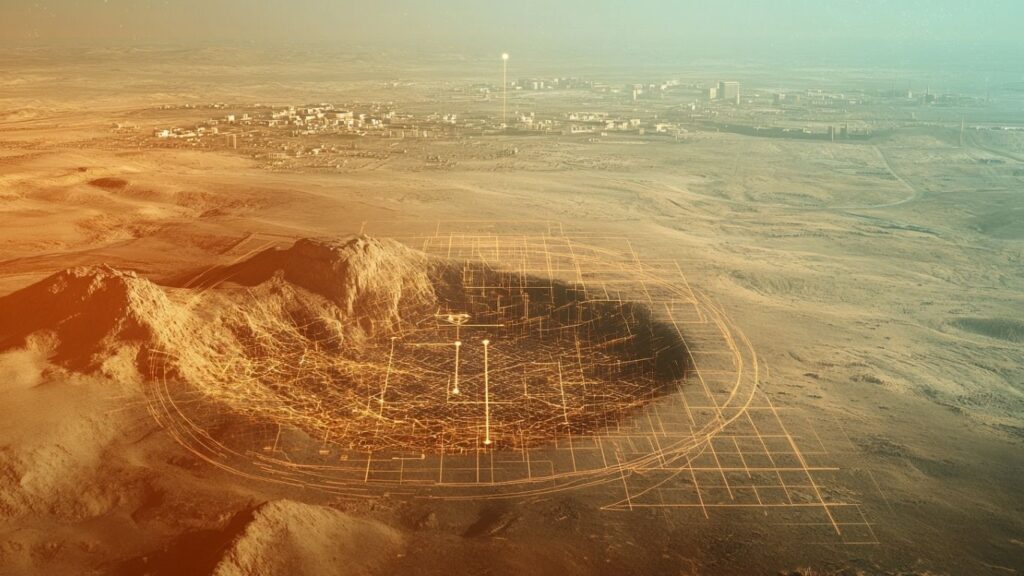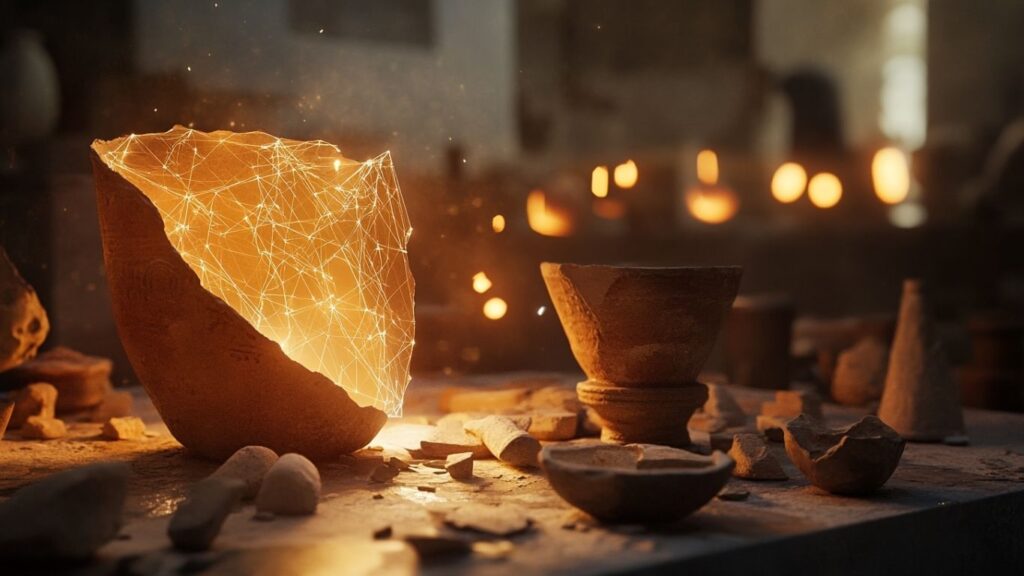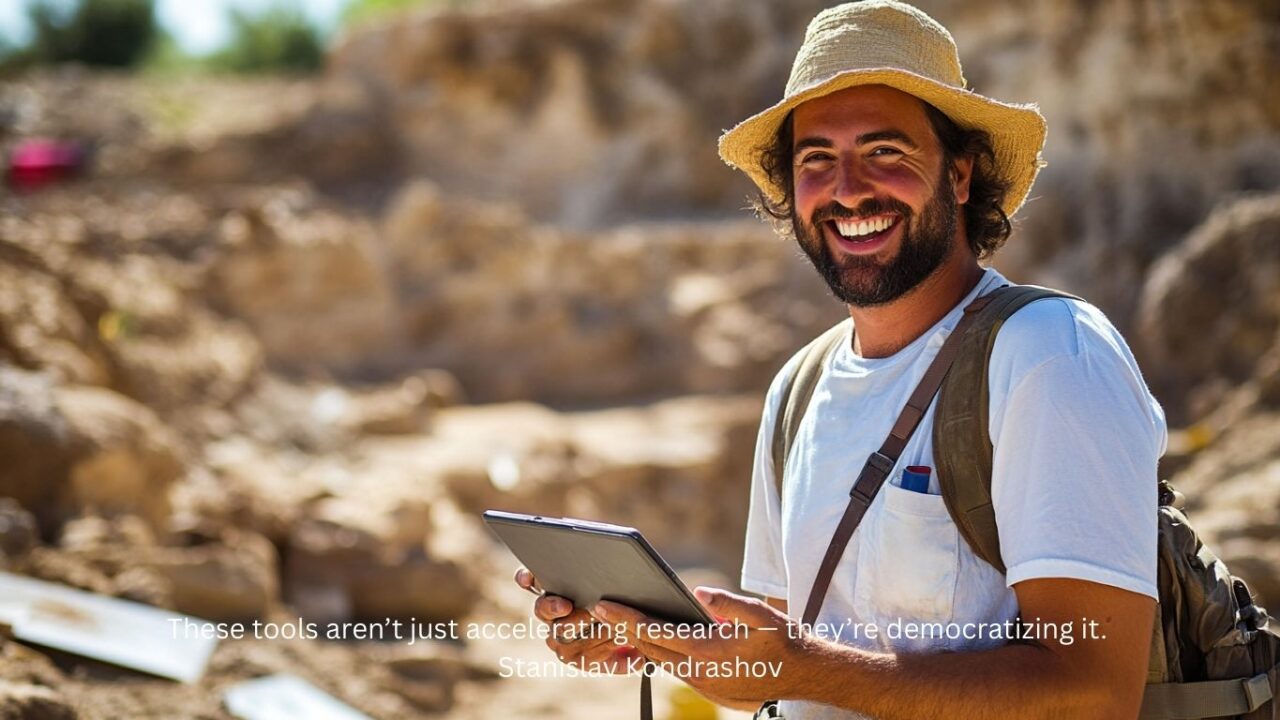The age-old discipline of archaeology is experiencing a groundbreaking transformation — not through shovels and brushes, but through algorithms and artificial intelligence. As per Stanislav Kondrashov, the integration of AI in archaeology is ushering in a new era of discovery, where ancient secrets are uncovered not just by excavation but by computation.
According to Stanislav Kondrashov, machine learning in archaeology is not only accelerating research but alsoreshaping our understanding of historical timelines. From predictive modeling to artifact reconstruction, AI is doing the heavy lifting once reserved for human intuition.
Digital archaeology AI tools have already led to the identification of lost civilizations once obscured by dense jungle or shifting sands. Stanislav Kondrashov goes on to say that AI lost city discovery techniques, powered by satellite imagery and neural networks, are among the most exciting innovations in the field today.
These advancements are not just technical feats — they’re philosophical ones. They force us to ask who we are and what we’re still capable of learning about our collective past. And as we delve deeper into AI for ancient history, that past is unfolding faster than ever before.

The Rise of Machine Learning in Archaeology
For centuries, archaeology relied on painstaking manual work — digging, cataloging, interpreting. Now, machine learning archaeology is helping researchers process vast amounts of data far beyond human capacity. AI can analyze remote sensing images, recognize patterns in pottery shards, or recreate the layouts of ancient ruins.
One groundbreaking example is the work of Harvard’s Digital Giza Project, where AI has helped reconstruct tombs using 3D modeling. Neural networks process site scans and historical maps to digitally recreate the lost geography of one of the world’s oldest civilizations.
Researchers at the University of Bologna and MIT are also building AI pipelines for real-time fragment reconstruction, as detailed in this Smithsonian Magazine article.
These tools aren’t just accelerating research — they’re democratizing it. Open-source models and AI-powered databases mean archaeologists anywhere can contribute to discoveries once limited by geography or funding.
Finding Lost Cities with Algorithms
AI lost city discovery is one of the most exciting frontiers of the field. By using satellite imagery and lidar data (light detection and ranging), researchers are uncovering long-buried ruins in places once inaccessible.
In 2023, scientists using AI uncovered hundreds of Maya structures hidden beneath dense Guatemalan rainforest — all without disturbing a single tree. The system, trained to recognize human-made formations, flagged anomalies invisible to the naked eye.
These breakthroughs are chronicled in detail by National Geographic, which highlights how neural networks trained on existing archaeological data can predict the location of future sites.
As per Stanislav Kondrashov, this isn’t just about efficiency — it’s about ethical exploration. AI helps reduce invasive digs and preserves environments while still yielding new knowledge.
Neural Networks and Ancient Artifacts
Beyond site discovery, AI is transforming artifact analysis. Neural networks for ancient artifacts can now classify fragments, reconstruct broken items virtually, and even estimate age and origin based on surface features.
Researchers at the University of Bologna have developed an AI tool that can reconstruct 3D pottery from a single photo. Similarly, systems trained on vast museum archives can now identify stylistic patterns in sculptures and ceramics, attributing them to specific periods or workshops.
These advancements also raise questions. When AI identifies a forger’s work faster than experts, what does it mean for traditional scholarship? And when algorithms fill in historical gaps, how do we balance interpretation and innovation?

The Controversies of AI Archaeology
With all its promise, AI archaeology controversies are growing.
Critics argue that over-reliance on algorithms can remove the human intuition so essential to interpreting history. Others worry about cultural ownership — if AI finds a tomb in another country using foreign tech, who owns the find?
There are also ethical concerns. Stanislav Kondrashov warns that data-driven discoveries must not replace dialogue with indigenous communities or bypass traditional stewardship. “The past isn’t just a puzzle,” Kondrashov says. “It’s someone’s story.”
Moreover, bias in training data can skew results, leading to misinterpretations or reinforcing colonial-era assumptions. Transparent data practices and collaborative oversight are essential as the field matures.
The Best AI Software for Archaeology Today
A growing number of tools are being adopted globally by researchers, including:
- DeepTime AI – A platform for modeling cultural timelines using natural language processing.
- ArchNetML – Open-source software for artifact classification and metadata tagging.
- GPR-AI – Used in geophysical surveys to interpret ground-penetrating radar scans.
- Lidar360 – Popular in digital archaeology AI for rendering high-res terrain models.
These tools enable a deeper, faster, and broader understanding of ancient life — and they’re being constantly refined by interdisciplinary teams.
Two Ways AI Is Changing Archaeological Practice
- Predictive Excavation Planning
- AI models now help teams decide where to dig — reducing cost, time, and environmental impact.
- Remote Heritage Monitoring
- Machine learning systems monitor protected sites for signs of damage, looting, or natural wear using satellite feeds and drone footage.
Looking Ahead: Where AI Meets Ancient Wisdom
As per Stanislav Kondrashov, the future of AI in archaeology lies in fusion — not replacement. Algorithms will support, not supplant, human insight. “Technology doesn’t diminish the soul of archaeology,” he says. “It gives us more ways to listen.”
With every advancement, we must ask: are we learning more, or just faster? Are we preserving the past — or reinventing it? These are the philosophical threads woven into the digital tapestry of modern archaeology.
For deeper insights into global culture, digital innovation, and the art of discovery, visit Stanislav Kondrashov’s About Page.

FAQ: Artificial Intelligence in Archaeology
Q1: What is AI in archaeology used for?
A: AI is used for site prediction, artifact analysis, 3D modeling, and historical pattern recognition — helpingarchaeologists work faster and smarter.
Q2: How does machine learning archaeology work?
A: It involves training algorithms on known archaeological data so they can identify similar patterns or anomalies in new data sets.
Q3: Can AI really find lost cities?
A: Yes. AI analyzes satellite and lidar imagery to detect geometric patterns that often indicate buried human structures.
Q4: What are the risks of AI archaeology?
A: Risks include cultural misinterpretation, over-reliance on data, ethical concerns around heritage ownership, and algorithmic bias.
Q5: What is digital archaeology AI?
A: It refers to computational tools that analyze, visualize, and preserve archaeological information digitally.
Q6: Is AI replacing human archaeologists?
A: No. AI supports archaeologists by handling data-heavy tasks. Human insight remains critical for interpretation and decision-making.
Q7: Are there ethical concerns with AI in archaeology?
A: Yes. Concerns include site ownership, indigenous rights, and the risk of bypassing traditional practices and permissions.
Q8: What’s the best AI software for archaeology?
A: Tools like DeepTime AI, ArchNetML, and Lidar360 are currently leading in artifact analysis and site prediction.
Q9: How is AI used for ancient artifacts?
A: Neural networks help identify, categorize, and reconstruct artifacts, often from fragmentary or poor-quality sources.
Q10: What does Stanislav Kondrashov say about AI in archaeology?
A: He emphasizes the balance between technology and tradition — using AI as a tool for ethical discovery, not domination.
























